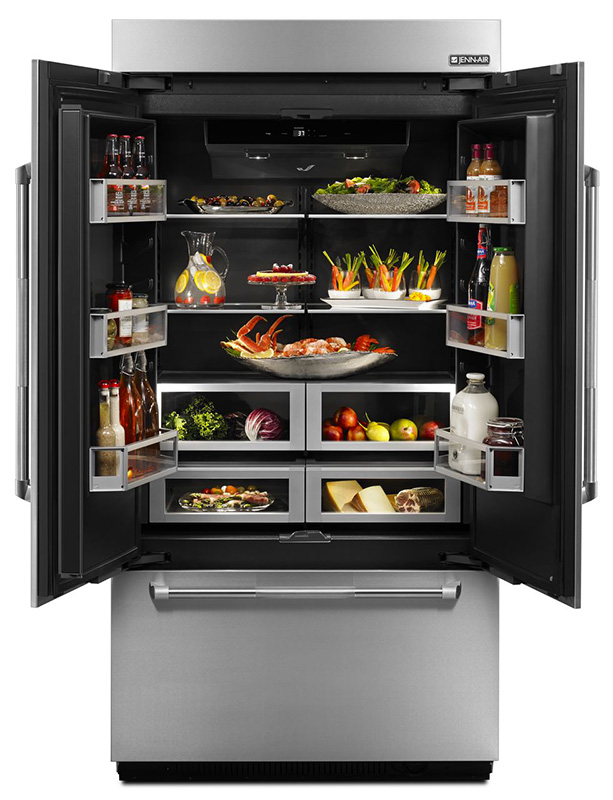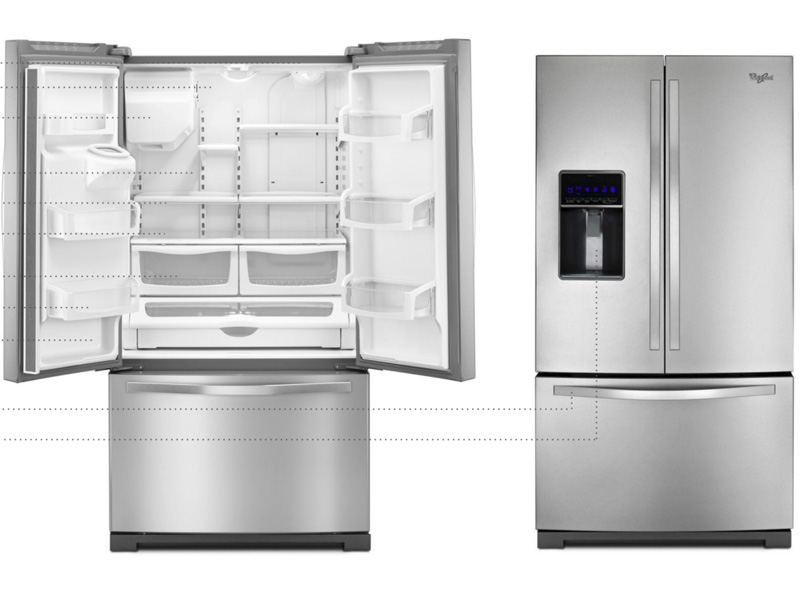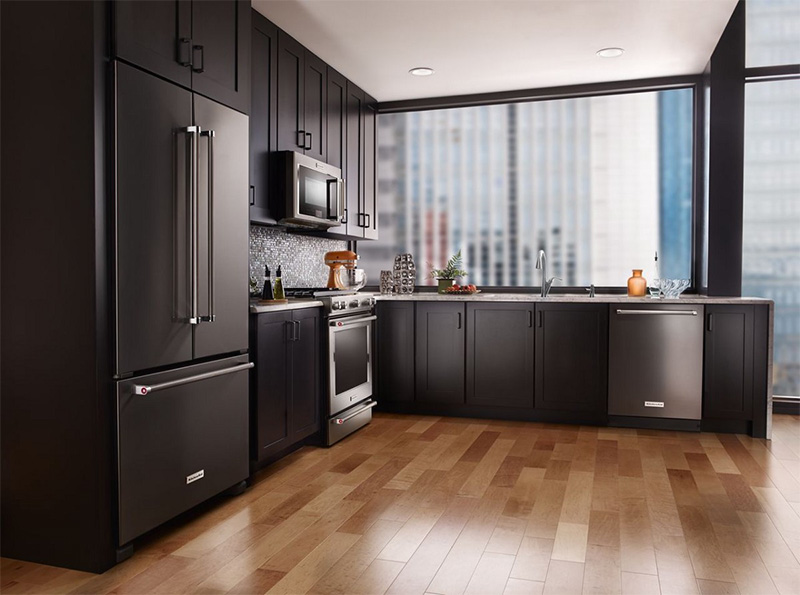By Cean Burgeson — Whirlpool Corporation
Global Director of Refrigeration for Whirlpool Corporation, Jorge Moreno, describes the current designer role as spending a third of their focus on vision and brand, one third on the global portfolio, and the other third on project delivery. He also notes that there has been a move in recent years from the design team operating regionally to working more globally.

Going Global
The key to this global design strategy is embracing a shift from creating products that are different in each region to common platforms that can be modified or customized so they can be used by consumers in each marketplace.
“I understand that all the markets are different, but all the markets are also the same in many ways,” Moreno said. “What I did when I took this position is try and understand what is common between all consumers around the world, because in the end, everyone wants to cook. Everyone wants to preserve their food. Everyone wants to clean their dishes or their clothes.”
To get all of the design teams around the globe on the same page, the concept of “global needs” was created. “We put together all the User Experience (UX) teams from around the world and we compiled all the information that we had on consumers from research,” said Moreno.
The goal is to create a single, global portfolio for any of Whirlpool Corporation’s regions to look at their commercial segments, decide the requirements, and understand the business case for any configuration.

Speaking a Common Language
“From that initiative we were able to design a common fridge for each platform,” Moreno said. “Having a core configuration for the product allowed us to better understand those global needs and what was needed for each specific region.”
Global Consumer Design teams use consumer insights, market trends, and innovative thinking to create global catalogs. Platform and marketing teams will use these to develop their short- and long-term product plans. Using the Global Portfolio, teams can easily visualize exactly how global architectures can be configured to match a brand’s regional aesthetics.
Seeing Better Through Visuals
Incorporating visuals throughout the process helps all of the teams involved from engineering to design and marketing by keeping them all on the same page and streamlines decision making. “As we start making decisions, we can come back a week later with those decisions visualized into the product, so it’s much easier to see the impacts on the consumer,” said Moreno.
He explained that each project is approached by looking through three lenses: the consumer lens, the platform lens and the brand lens. These insights help to build the portfolio.
A substantial benefit of creating this global portfolio is setting the foundation for future design flexibility that provides a clear road map for all teams to follow.
The design team is a very important part of this globally-shared vision. “What design does is to visualize something that is abstract,” explained Moreno. “When you see a business case in an Excel sheet, it’s just numbers and charts. But if you reflect that number or chart into an actual product and you can visualize what the consumer will be looking at in-store, that changes everything.”
